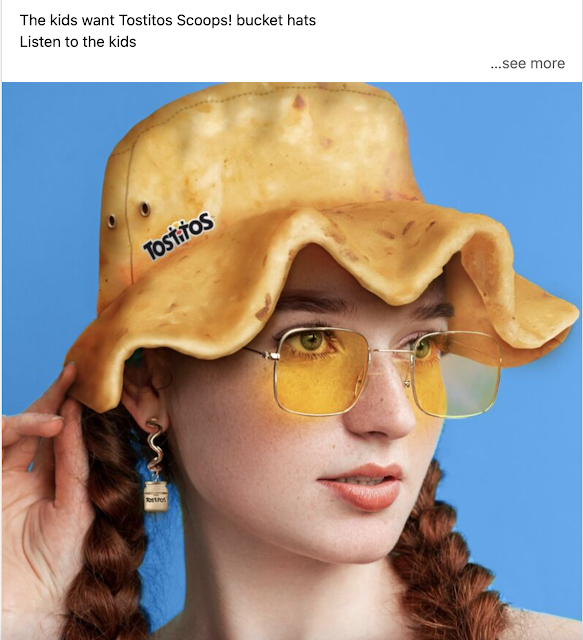When I was young, say 30, there was a big news story in New York. I might be getting some of the details wrong, but go with me on this one.
This was probably 1990, and Staten Island's Fresh Kills landfill, the largest man-made structure ever had reached its capacity. It was accepting no more garbage.
During its peak years, Fresh Kills was accepting 29,000 tons of garbage a day. If it continued at that rate, the heap of diapers and soda bottles would have reached a height of 500 feet and it would have been the tallest peak on the East Coast, south of Maine's Mt. Desert Island.
There was a loaded garbage barge that was turned away from the dump and couldn't find landfall anywhere. My art director at the time was from an old school--he could actually draw. He drew a sketch of the hundreds of rejected storyboards we had done together laden on a barge, looking for a final resting place.
Not too long ago, I saw a personal promotion online of someone who was leading an in-house agency for a vaunted technology brand. She boasted of "leading 700 people."
Not long after that, I saw an article in a press-release published under the aegis of journalism that said the in-house agency of a snack and soda company would "produce 1,000 pieces of content for the company’s brand portfolio."
Just as your portfolio is only as good as your worst ad, the same is true for a brand's. Make one-thousand Rolls-Royces. One is sure to stink.
In World War II, to counter massive Allied air-raids, the Nazis, developed Düppel, a cloud of small, thin pieces of aluminum strips, metal or plastic which would confuse enemy radar and confound bomb-siting. The Nazis would launch into the atmosphere hundreds of thousands of these pieces of chaff which would appear on radar as a cloud.
I'll be blunt.
I don't understand the purpose of all this content. I don't know who it reaches. And less, I don't know who it gets to try or buy. Who it entices or persuades.
I don't know anyone who likes being sold to with the persistence of gnats during a humid summer twilight.
Most of the content work I see--because it reaches a very small audience--is done on the cheap. It's ugly, amateurish, unoriginal and sloppy. At least the things I see don't make me like the brand making them. They annoy me. Which leads me to dislike a brand.
Back before most other people, way back in the late 1990s, I wrote one of the first websites for Mercedes-Benz in the United States. What struck me writing this was that the page had no bottom. You could write as much as you liked. The space would infinitely expand.
Rightly or wrongly, I brought discipline to the pages I wrote. "What would the viewer like?" That was my test.
Too little and you've given them the maraschino cherry and not the drink. Too much and you've annoyed them.
I don't think there are one-thousand things Fritos could tell me in a year that would make me think better about Fritos. I certainly don't need three Frweets a day or two two-minute "films" a week about onion dip or eating snacks on the beach.
For the life of me, I can't think of anything long-lasting and positive something like this would do for a brand. Worse, I conclude--just as I conclude when I see the 97th-light-airplane dragging a Geico banner along the Connecticut coast, that the brand is making too much money selling its products and also wasting too much money.
It's great to be able to talk.
It's better to have something to say.
That people want to hear.
Lest they pull their tostito scoops bucket hat over their ears.


No comments:
Post a Comment